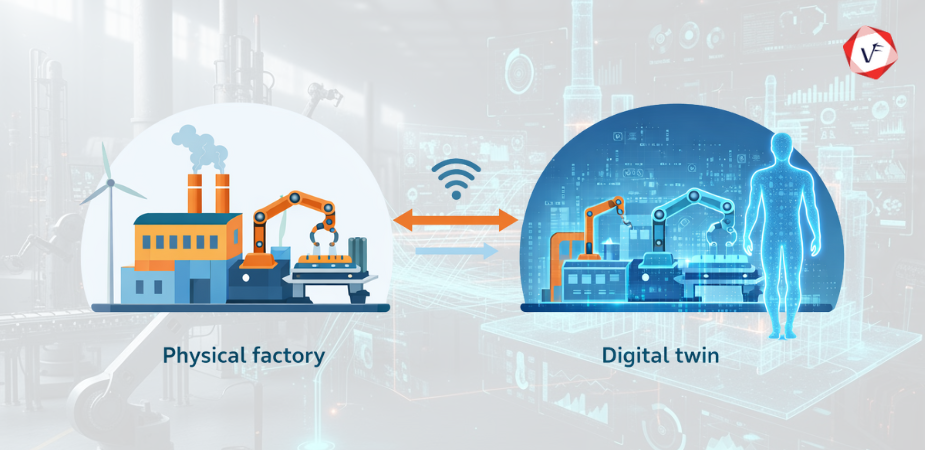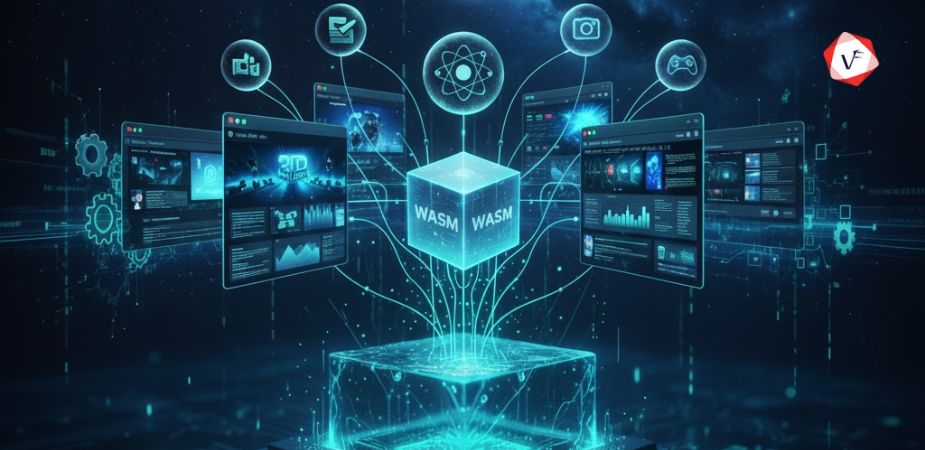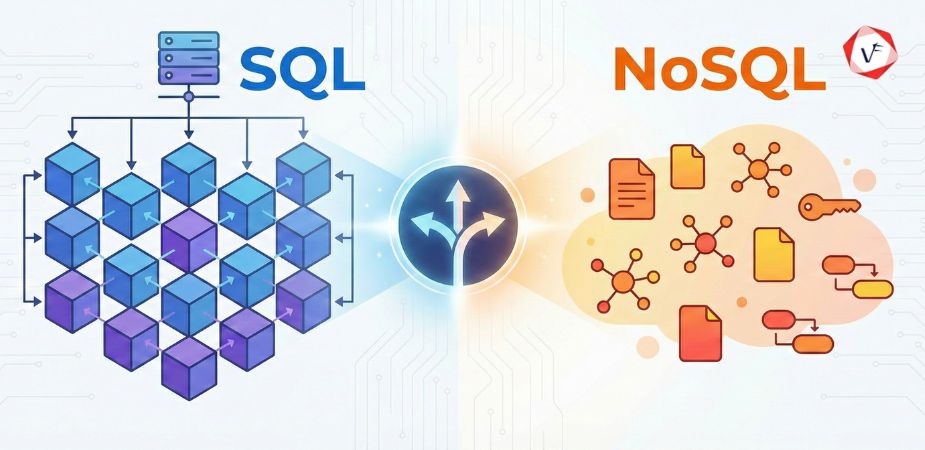- July 21, 2025 11:51 am
- by Kevin
- July 21, 2025 11:51 am
- by Aruthra
Object-relational mapping has become an indispensable tool in today’s programming endeavours. In a world where applications increasingly rely on complex data interactions and sophisticated back-end systems, the use of ORM frameworks offers a more intuitive approach to handling SQL queries and managing relational databases. By abstracting the tedious process of converting between objects and tables, developers can focus on writing business logic rather than getting bogged down with database-specific details. This article delves deeply into the technical and practical aspects of object-relational mapping, examining its history, benefits, challenges, key concepts, and future prospects in modern software development.
Object-relational mapping (ORM) is a powerful concept that has revolutionized the way developers interact with databases. At its core, object-relational mapping creates a seamless bridge between object-oriented programming languages and relational databases. By translating objects in code to relational data and vice versa, ORM simplifies database operations and minimizes the impedance mismatch that often arises when trying to integrate the two paradigms.
Historically, the gap between object-oriented programming and relational database management systems (RDBMS) was marked by significant challenges. Developers were often forced to write extensive boilerplate code to manually map objects to SQL tables—a process that was error-prone and inefficient. Over time, as programming languages like Java, Python, and C# became popular for enterprise-level applications, the need for an automated solution became evident. Object-relational mapping emerged as a response to these challenges, offering frameworks that would automatically translate objects into rows and columns, and vice versa, effectively eliminating much of the redundancy inherent in traditional database interactions.
The evolution of ORM has been characterized by the development of numerous frameworks, each designed to streamline the mapping process. Early ORM tools laid the foundation for more sophisticated libraries and frameworks such as Hibernate for Java, Django ORM for Python, and Entity Framework for .NET. These solutions have evolved to include advanced features such as lazy loading, caching, and automatic schema migration. The persistent use of object-relational mapping in modern applications underscores its critical role in bridging object-oriented paradigms with relational databases.
The technical essence of object-relational mapping lies in its ability to abstract the underlying database details. ORM frameworks automatically handle the conversion between in-memory objects and database records. In doing so, they allow developers to work directly with objects, thereby bypassing the need to write explicit SQL queries for routine operations. When an object is created or modified in code, the ORM automatically generates the appropriate SQL commands to reflect those changes in the database. Conversely, when data is fetched from the database, the ORM converts the result set into a collection of objects that can be manipulated in a natural, object-oriented manner.
Key features of object-relational mapping include:
The adoption of object-relational mapping has led to numerous benefits for software development teams. One of the primary advantages is the significant reduction in development time. By automating the tedious task of translating between objects and relational data, developers can write cleaner, more maintainable code. This increased productivity is particularly beneficial in large-scale applications where the volume of data and complexity of interactions can be overwhelming.
Furthermore, object-relational mapping enhances code readability and maintainability. With ORM, developers do not need to embed SQL statements throughout their codebase; instead, they work with high-level abstractions that are easier to understand and modify. This abstraction layer not only minimizes the risk of errors but also simplifies debugging and testing. Moreover, many ORM frameworks come equipped with tools for handling schema migrations, thereby streamlining the process of evolving database structures over time.
Another benefit is the improved consistency and integrity of data operations. ORMs ensure that all interactions with the database adhere to the rules defined by the object model, reducing the likelihood of data inconsistencies and corruption. By repeatedly leveraging the principles of object-relational mapping, developers can build robust applications that are easier to scale and maintain over time.
Despite its many advantages, object-relational mapping is not without its challenges and criticisms. One common concern is the performance overhead that can result from the abstraction layer. In certain scenarios, particularly those involving complex queries or high transaction volumes, the automated translation provided by ORM frameworks can introduce latency. Developers must sometimes strike a balance between the convenience of object-relational mapping and the need for optimized, fine-tuned database interactions.
Another criticism relates to the “leaky abstraction” phenomenon, where the ORM fails to fully encapsulate the complexities of the underlying relational database. In these cases, developers may still need to understand and occasionally interact directly with SQL, especially when dealing with intricate queries or performance bottlenecks. Moreover, some critics argue that the convenience of object-relational mapping can lead to a neglect of proper database design, as developers might overly rely on automated tools rather than thoughtfully structuring their data.
Additionally, object-relational mapping frameworks can sometimes obscure the underlying database operations, making it more challenging to optimize queries or troubleshoot issues related to data retrieval and storage. However, with experience and careful planning, these challenges can be mitigated, allowing the benefits of ORM to outweigh its drawbacks in most modern applications.
Central to understanding object-relational mapping is a firm grasp of its fundamental concepts. One of the most critical elements is the mapping of classes to tables. In object-relational mapping, each class corresponds to a table in the database, and each instance of that class represents a row in the table. Attributes of the class are mapped to columns, ensuring that the state of an object can be directly stored in and retrieved from a relational database.
Another key concept is the handling of relationships between objects. ORM frameworks provide mechanisms for managing one-to-one, one-to-many, and many-to-many relationships, ensuring that related data is consistently maintained across both the object and relational representations. For example, in a one-to-many relationship, a single object in the code might be associated with multiple rows in a related table. Object-relational mapping abstracts the complexity of these relationships, allowing developers to manipulate related objects using familiar programming paradigms.
Furthermore, object-relational mapping introduces the notion of session management and identity mapping. A session is used to track changes to objects, ensuring that any modifications are synchronized with the database. Identity mapping ensures that each database row is represented by a unique object instance, thereby preserving consistency and preventing duplication.
Modern object-relational mapping frameworks incorporate sophisticated caching mechanisms, concurrency controls, and automated transaction management systems that ensure data integrity even in highly complex systems. In many large-scale applications, object-relational mapping not only simplifies the integration between object-oriented programming and relational databases but also enhances scalability by supporting distributed architectures and microservices.
Developers often integrate advanced query optimization strategies into their object-relational mapping workflows. Techniques such as query batching, custom query generation, and fine-tuning of lazy versus eager loading strategies are crucial in scenarios where performance is critical. For instance, when working with enormous datasets, the dynamic adaptability of object-relational mapping allows developers to minimize overhead by ensuring that only the required data is fetched. By leveraging object-relational mapping, programmers can achieve a balance between abstraction convenience and the need for raw performance, thereby optimizing interactions between code and relational databases.
Implementing object-relational mapping effectively involves adhering to best practices that ensure maintainability, scalability, and optimal performance. One of the primary best practices is to design a clear and consistent mapping between object models and database schemas. This involves rigorous planning of table structures, primary keys, foreign keys, and the relationships between various entities. Through diligent design, object-relational mapping frameworks can accurately mirror complex business models into relational databases, ensuring that every object-oriented concept has a precise relational counterpart.
Another best practice is to monitor and optimize database queries generated by the ORM. Developers are encouraged to periodically review the SQL queries produced by object-relational mapping tools to avoid performance pitfalls. By analyzing these queries, programmers can refine their object-relational mapping configurations, for instance, by explicitly defining indexes or optimizing join operations.
Error handling and transaction management are also crucial when working with object-relational mapping. Developers must ensure that transactions are correctly managed to prevent data corruption, particularly in high-concurrency environments.
In summary, object-relational mapping is a transformative technology that simplifies the integration of object-oriented programming with relational databases. Its robust features, such as entity mapping, lazy and eager loading, and transaction management, significantly enhance application development and data handling. Object-relational mapping continues to evolve, addressing both the historical challenges and the modern demands of software engineering.Vofox’s web and mobile app development services are a great option for businesses looking to harness the power of object-relational mapping for efficient, scalable, and reliable digital solutions. Give us a call today to begin your development journey.
Guaranteed Response within One Business Day!

What is Digital Twin Technology?

What are WebAssembly (WASM) Applications?
Code Review Best Practices: Complete Guide for 2026

Database Selection Guide: SQL vs NoSQL
AI Agents in Enterprise Software: How Autonomous AI is Transforming Business Operations